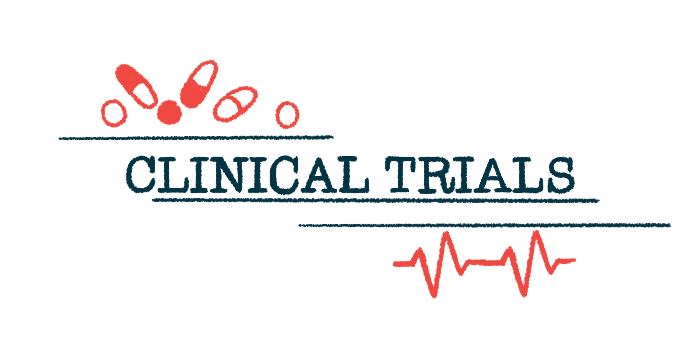Sagimet planning Phase 3 trials of denifanstat in MASH, MASLD
Program in fatty liver disease expected to kick off by year's end
Written by |

Sagimet Biosciences is planning the launch of two Phase 3 clinical trials to test its oral therapy candidate denifanstat in people with fatty liver disease.
The company completed meetings with the U.S. Food and Drug Administration (FDA) late last month to discuss plans for the upcoming studies — and now says the Phase 3 program is expected to kick off before the end of the year.
“We are pleased with the outcome of our end-of-Phase 2 interactions with the FDA and are appreciative of the agency’s support and guidance on our Phase 3 program for denifanstat,” Dave Happel, CEO of Sagimet, said in a company press release.
The new Phase 3 trials will test the therapy candidate in people with metabolic dysfunction-associated steatotic liver disease (MASLD) — previously known as non-alcoholic fatty liver disease, or NAFLD — and metabolic dysfunction-associated steatohepatitis, or MASH, previously called nonalcoholic steatohepatitis or NASH.
MASLD is a disorder marked by an abnormal buildup of fat in the liver in people with underlying metabolic disorders like diabetes. In severe cases, MASLD can progress to cause inflammation and fibrosis, or scarring, in the liver, which is known as NASH.
Denifanstat is an oral therapy designed to block the activity of an enzyme called fatty acid synthase, or FASN, that makes fat in the liver. By suppressing this enzyme, the therapy is expected to help lessen the buildup of liver fat that drives MASLD and MASH.
Collectively the two trials are expected to include at least 1,800 people with MASLD/MASH, according to Sagimet.
Sagimet announces Phase 3 trials after ‘successful’ meetings with FDA
Earlier this year, the FDA granted denifanstat breakthrough therapy designation for MASH, for patients with moderate to advanced liver fibrosis and no cirrhosis, or irreversible liver fibrosis that interferes with liver function. That FDA status is given to speed the development of promising new therapies that could offer a major improvement over existing options.
In the now-completed FASCINATE-2 Phase 2b clinical trial (NCT04906421), denifanstat was shown to work better than a placebo at resolving MASH without worsening fibrosis. That trial involved 168 adults with biopsy-confirmed MASH and moderate to severe liver fibrosis.
Sagimet then met with the FDA to discuss the Phase 2 results and the company’s plans for its Phase 3 program, which will comprise two multicenter, placebo-controlled clinical trials. If positive, the data from those trials will be used to support subsequent regulatory filings for denifanstat’s approval.
The [FDA] supports our strategy to conduct two Phase 3 trials to assess the safety and efficacy of denifanstat in [MASH with moderate to advanced fibrosis], a complex disease where treatments with novel/differentiated mechanisms of action that directly target the three main drivers of liver injury: fat accumulation, inflammation, and fibrosis are urgently needed.
One of the upcoming trials, FASCINATE-3, will test denifanstat in MASH patients with moderate to advanced liver fibrosis and no cirrhosis. The main goal will be to assess the therapy’s impact on liver health, as assessed by a liver biopsy, as well as to determine denifanstat’s effects on clinical outcomes after more than four years of treatment.
The other Phase 3 trial, called FASCINIT, will more broadly enroll people with a suspected or confirmed diagnosis of MASLD or MASH. It will aim mainly to evaluate the safety of denifanstat; noninvasive markers of liver health will be measured, but participants will not have to undergo a liver biopsy at the study’s end.
According to Sagiment, the meetings with the FDA were “successful.”
“The agency supports our strategy to conduct two Phase 3 trials to assess the safety and efficacy of denifanstat in [MASH with moderate to advanced fibrosis], a complex disease where treatments with novel/differentiated mechanisms of action that directly target the three main drivers of liver injury: fat accumulation, inflammation, and fibrosis are urgently needed,” Happel said.






